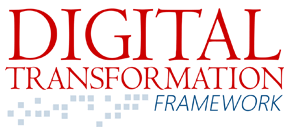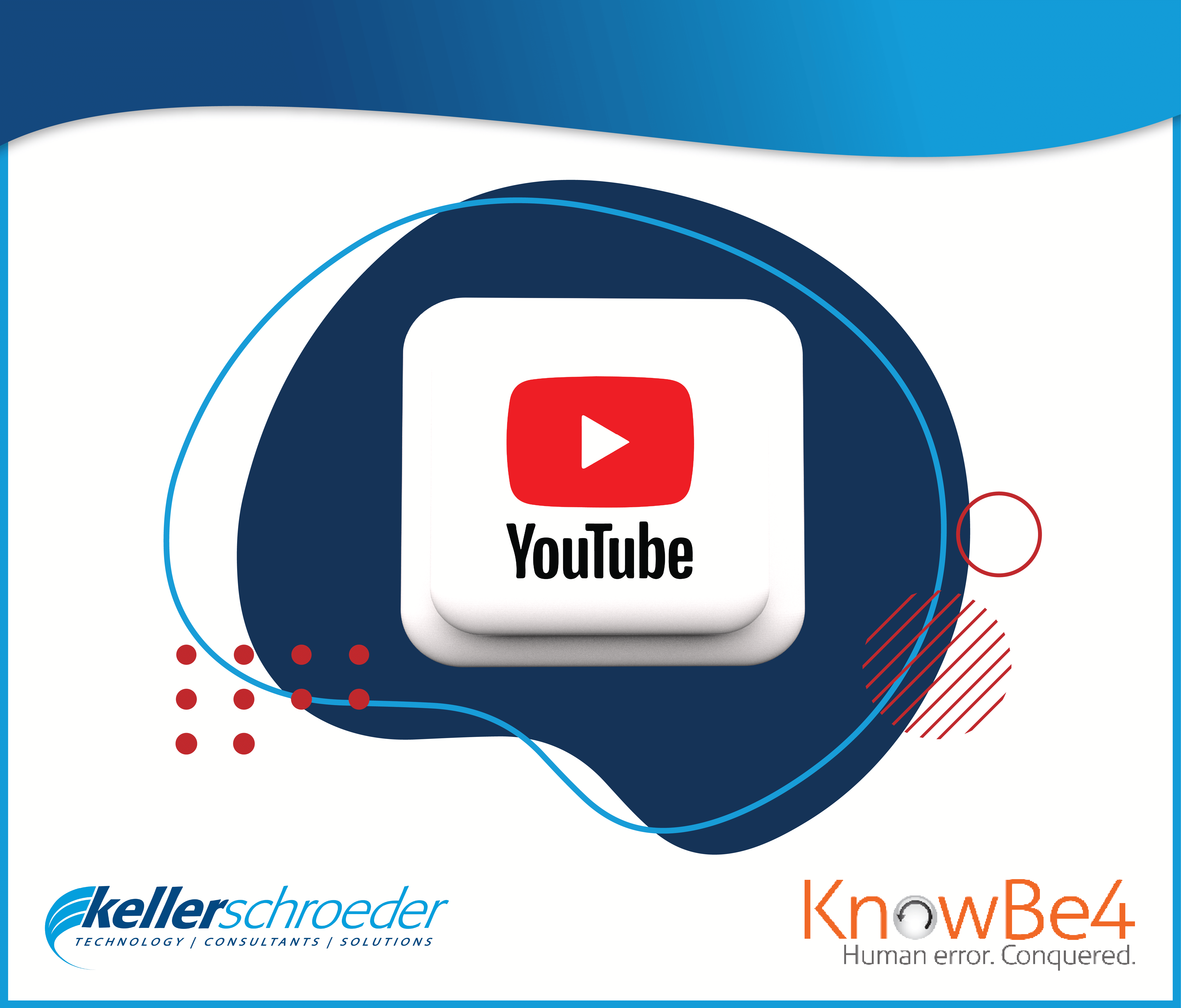A company’s success can often be traced back to a culture of team collaboration. So, how can we achieve that culture of collaboration?
“Talent wins games, but teamwork and intelligence win championships.” – Michael Jordan
The debate just might rage on forever…who is the greatest basketball player of all time?
Some say Michael Jordan, with 6 NBA Championships, and the most Points-Per-Game (30.12) of all NBA players, ever!
Others might argue Lebron James, Bill Russell, Wilt Chamberlain, Kobe Bryant, Kareem Abdul-Jabbar, etc.
If I was making my all-time fantasy team, Jordan would be my #1 pick for this reason: I believe no one worked harder to communicate with his teammates than Jordan did. You could call him a Collaboration guru!
Let’s face it, you can have great talent and still not win BIG. In fact, sometimes you can have great talent and be a BIG loser! Because winning isn’t just about talent, it’s about working TOGETHER towards a common goal. If you have talent and the whole team is on the same page, success is inevitable.
So, how can we achieve that sweet spot of collaboration? It begins with a collaborative mindset…a healthy respect for the power and value of a team culture.
This collaborative mindset is part-and-parcel of the “digital” mindset outlined in our Digital Transformation Framework. We define Digital Transformation as: “the commitment of an organization to consistently improve business performance through the use of technology as a strategic asset.” We believe Collaboration means “utilizing technology in internal and external relationships to facilitate communications, gather feedback, share ideas, and ultimately improve performance.” Being a collaborative organization will help you achieve that desired improvement, iteratively and continually. Various tools and strategies can help that culture to grow and thrive.
“We believe Collaboration means ‘utilizing technology in internal and external relationships to facilitate communications, gather feedback, share ideas, and ultimately improve performance.’ Being a collaborative organization will help you achieve that desired improvement, iteratively and continually.”
Team Collaboration
A high-functioning, collaborative team will promote intellectual and creative input across the WHOLE team. Every team member has unique skills and something of value to offer to the team. When all team members are actively involved, the result will be greater quality, greater satisfaction, and a greater product. This culture builds on itself continually because the team is empowered and motivated. One of the keys to succeeding at collaboration is having the right tools. There are many tools on the market, and some are better suited than others for certain scenarios.
Collaborative Process: Agile/Scrum
Agile/Scrum is an industry-proven process framework that software teams can use to identify, prioritize, and execute work. Teams work in short “sprints” of 2 or 3 weeks, in which work items are assigned and completed. The team commonly consists of 3 to 5 Software Developers, 1 Quality Assurance resource, 1 Business Analyst, 1 Product Owner, and 1 Scrum Master. The Product Owner explains the high-level business request and prioritizes the work. The team decides how to do the work and estimates how long it will take. This occurs within planning sessions, refinement sessions, and 15-minute daily standups, where all team members are present and contributing. This process maximizes collaboration.
While Agile/Scrum is a great process for software teams, the basic process flow can really work for any kind of collaboration among work teams. Anytime team members define work to be done, share work tasks, review work tasks, and are driving towards a shared goal, the same principles can be utilized and leveraged for increased collaboration. Working together in this manner accomplishes one of the pillars of the Digital Transformation Framework: Clarity. As described above, Agile/Scrum provides clarity by identifying, prioritizing, and executing business objectives.
For more about Scrum, see SCRUM GUIDE.
Workflow Tools
There are many ways in which the proper tools can help work teams collaborate to increase efficiency, increase clarity, and reduce mistakes. Imagine a business where 10 team members need to collaborate to process mortgage loan applications. New loan applications arrive daily, and for each one, a team member must: review it within 24 hours, contact the applicant, approve or deny the application, store it securely, follow up as the loan process progresses, and finally, generate reports at month-end for management to review. How can the team do its work efficiently and accurately?

To process the applications, the team could use a rudimentary method of sharing the files in a shared folder and emailing each other regarding which files they are reviewing, which step they are in currently, etc. But that would be very inefficient, insecure, and error-prone. A better scenario would be to use a workflow tool to create a new work item for each loan application, add a link to the application form within the work item, and move the work item through the workflow tool for each step of the loan process. In this way, all team members can clearly see who is working on which loan application, where they are in the process, how long each application has been in process, etc. If one of the team members is out of the office, the work item will not be lost because it is clearly visible within the tool and can be re-assigned to another team member.
Simplicity is the reward. By using a workflow tool to collaborate, the team can clearly see which items need attention, which are being worked on already, and which items are complete. Confusion and inefficiency are conquered by a simple but elegant workflow tool. Read more about the Simplification tenet in our Digital Transformation Framework.
Reporting Tools
Another strategic way to collaborate effectively is with the proper reporting tools. With timely and accurate reporting, you can make solid business decisions. Want to know where the slowest, or fastest, portion of your workflow is so that you can make necessary adjustments? A daily or weekly report can help make those targeted decisions. But where will that reliable data come from? It’s critical that you have a data model that supports quality reporting, sometimes from multiple data sources. Once you have good data, and good reporting, you can use that information to work with your team to make the right adjustments that will improve workflow. Rinse and repeat for continuous improvement.
Documentation Tools
For good collaboration, you want a document repository that is easy for all interested parties to access and update. Sadly, it is common for work teams to produce documentation, but then store it in a location where others don’t know about it or can’t access it. The right documentation repository can make a big difference because it will enable collaboration by allowing multiple team members to access and review documents in a location that is easy to manage, edit, and search. In the hypothetical workflow scenario above, the team processing mortgage applications needs a place to securely store the loan application forms. The clumsy approach would be to send the forms around via email. But any number of problems could arise from that. A better practice would be to use a central document repository where all team members can access the loan application forms.
Post-Mortems
Following the completion of projects, or perhaps quarterly, invite all contributors and stakeholders to a meeting to discuss what is going well, what could be improved, etc. The idea is to learn from the people actually involved in the process and use that information to improve. Which current processes and tools are helping? Are there other tools that could be incorporated for more benefit? Ask participants to share what they feel are the most innovative tools that help them collaborate.
Recommendations
A Collaboration mindset along with the proper tools, can transform teams and products and position your company to increase your advantage, another pillar of our Digital Transformation Framework. Collaboration can be a BIG WIN for your company! Our Applications Team can help you to identify the best tools for your situation.
Read more about the Collaboration tenet in our Digital Transformation Framework.
Written By:

Art Bales
Senior Consultant
Applications Solutions Group

Keller Schroeder’s Digital Transformation Framework includes tenets to help you identify, prioritize, execute, and learn from transformational initiatives to better prepare you for the next disruption – whatever it may be! Click here to download your complimentary copy.




